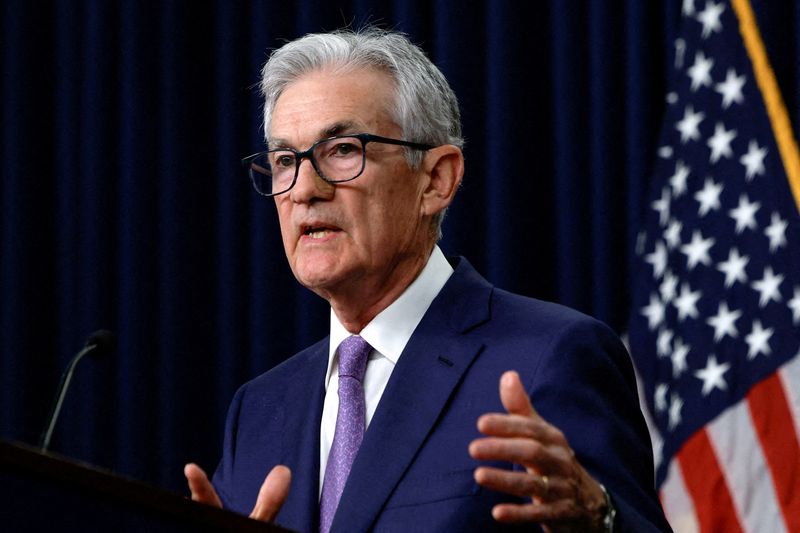SAP sued by o9 Solutions over alleged trade secret theft
Investing.com -- New York Fed President John Williams has swung the monetary policy pendulum back toward a December rate cut, wrong-footing investors who thought easing this year was off the table. Yet if the Fed voted today, the outcome might be far tighter than markets assume, recent analysis from Scotiabank and Jefferies suggests.
Williams, a close ally of Fed Chair Jerome Powell, said on Friday that he still sees room for a "further adjustment in the near term to the target range for the federal-funds rate to move the stance of policy closer to the range of neutral," pushing the odds of a Dec. rate cut to over 70% from just 30% a day earlier.
So is December now a done deal? Not quite.
Scotiabank’s vote-weighted reading of recent comments points to an 8-1-2 split if the decision were taken now, with a solid bloc favoring a quarter-point cut, a lone voice for a jumbo 50bps, and a pair of holdouts.
Jefferies echoes that broad conclusion, believing the balance of votes will likely lean toward cuts but only just. "We still view a 25 bp rate cut as the most likely outcome” in December, Jefferies said in a recent, adding that its “relatively conservative” count, sees “a thin majority favoring a rate cut,” with the possibility of an unprecedented 7-5 split.
The split reflects a deeper argument over what kind of economy the Fed is dealing with. The Fed doves, those in favor of rate cuts, point to a weakening labor market and the need to act to cushion the potential threat to the economy. While the hawks focus on what they see as stalled progress in bringing inflation back to the Fed’s 2% target and point to tariff-related uncertainty as temporary headwind on the labor market.
The recent data backdrop has done little to resolve that debate. The delayed September payrolls report, released earlier this week, showed modest job gains, but patchy hiring. This isn’t enough fundamentally shift already entrenched views on the Fed. And when the Fed kicks off its Dec. meeting this data fog is not likely to have fully lifted.
"The question remains whether these views will be challenged enough, given that the November NFP and CPI reports won’t be released until after the net FOMC meeting (December 9-10), on December 16 and 18, respectively," Scotiabank said.
Jefferies, however, pointing to the minutes of the Fed’s October meeting, believes while some Fed participants have expressed doubt about a December cut, there is a growing consensus that policy rates are nearing neutral levels, but aren’t quite there yet, leaving room for further cuts.
"We see the guidance as describing a consensus that rates should be closer to neutral, and they aren’t there yet," Jefferies added.
While both Jefferies and Scotiabank conclude that, if policymakers had to vote today, a cut would likely pass, the growing divisions at the Fed point to a thin margin, underlining how fragile that easing consensus really is.
